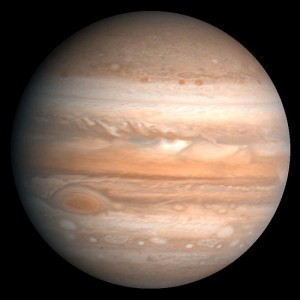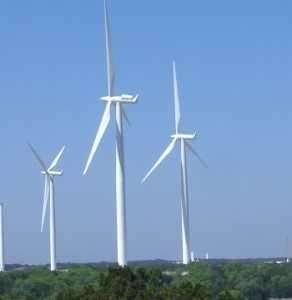What is the Biggest Planet?
What is the biggest planet? That question is  pretty easy to answer. It’s in the record books. You would not find it difficult to search for the answer because as it is, there seems to be nothing in the solar system that could be discovered as bigger than it is.
pretty easy to answer. It’s in the record books. You would not find it difficult to search for the answer because as it is, there seems to be nothing in the solar system that could be discovered as bigger than it is.
For the record, the biggest planet is certainly Jupiter. It is not only the biggest planet, it is so massive that even if you put together the other eight, that’s no match compared to the size of Jupiter. Yes, Jupiter is twice and a half bigger than the rest of the planets (Earth, Mercury, Venus, Saturn, Uranus, Neptune, Mars, and Pluto) combined.
Humongous Planet Jupiter
Jupiter is the fifth planet from the sun and is in a class of planets along with Saturn, Neptune, and Uranus. They are also known as the outer planets, the gas giants, and the Jovian planets.
Jupiter is considered a gas giant, largely composed of hydrogen and helium. It was discovered by astronomers of ancient times and was named after a Roman God. It is often associated with mythology and religion. Jupiter has significance in many different cultures.
Jupiter has a mass that is 317 times bigger than the Earth. It has a diameter of 142,984 kilometers. This is close but definitely not smaller than putting together 11 Earths side by side. Inside a hollow Jupiter, you could put in 1321 planets the size of Earth.
When Jupiter is viewed from the Earth’s night sky, it is the third brightest component that can be seen by the naked eye. That’s after the Moon and Venus. Sometimes, however, Mars exceed the brightness of Jupiter on Earth.
But Jupiter could not get any bigger. In fact, it is slowly shrinking on its own. Every year, Jupiter trims down by about two centimeters. That’s not much, we know. But that’s more than enough proof that we would not get a bigger Jupiter in the coming years.
Other Jupiter Facts
As mentioned earlier, Jupiter is known as a gas giant. It is a planet that is mostly composed of gases. It is almost, but not quite, considered as a star due to its gaseous makeup. The reason Jupiter did not qualify is its size. It has to be much larger to be considered a star.
To date, Jupiter is also noted as the planet with most moons. The last count recorded is 63. The four most prominent of them are Europa, Ganymede, Io, and Callisto.
Oh, there’s a another distinctive fact about Jupiter: it has a feature known as the Great Red Spot, which was discovered in 1665 by an Italian astronomer by the name Cassini.





